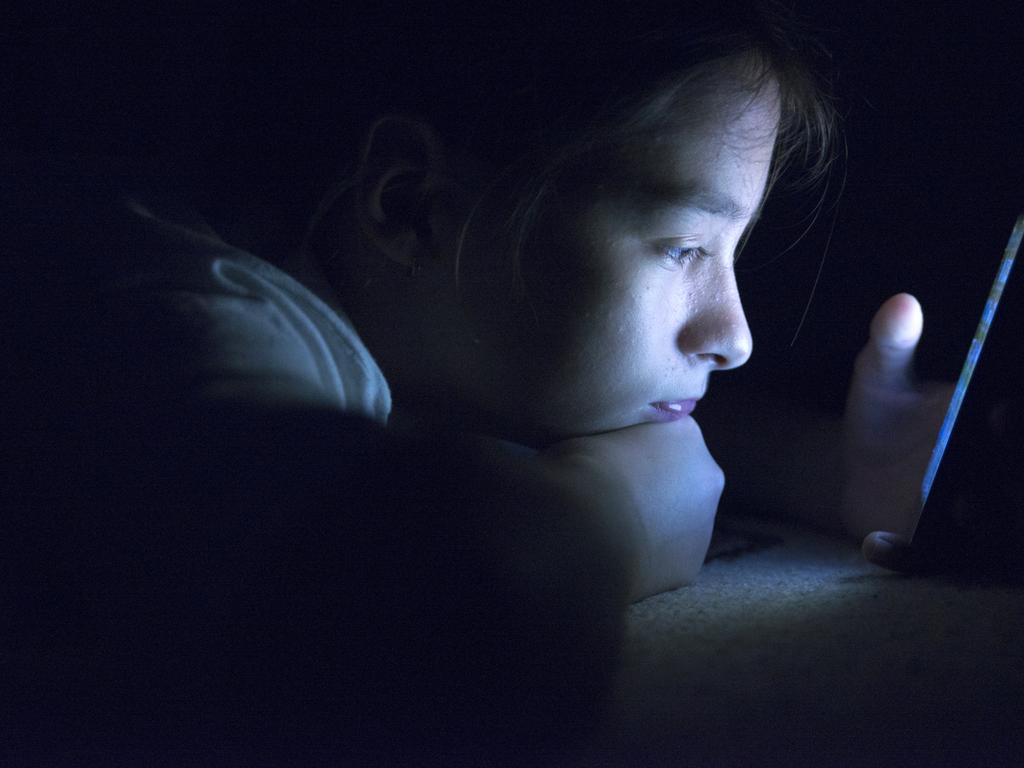Conspiracy theories rife in classrooms
Teachers have told a landmark survey that they feel powerless to combat the spread of misinformation from social media, even when children know it’s untrue.

Young people are more likely to trust social media influencers than the government, and conspiracy theories are rife in classrooms, research has found.
The largest study of its kind in English schools has concluded that teachers need urgent support because they lack the confidence and training to deal with online misinformation.
Many children see no harm in spreading conspiracy theories, it also found, even if they do not believe them.
Information from social media, such as TikTok, is influencing young people’s world views, the report found, with adults and children existing in “information silos” and getting their news from very different sources.
The report, published on Monday, is by the Commission into Countering Online Conspiracies in Schools. It analysed existing research and conducted its own nationally representative surveys of almost 500 teachers, 2000 parents and 2300 young people, along with focus groups and evidence sessions with experts.
Scale of lies laid bare

Children risk falling down rabbit holes online, the report said. Those most susceptible to conspiracy theories were identified as girls, younger siblings, children from poorer homes and those who feel marginalised in society.
Teachers worry about their pupils’ ability to discern reality from fiction, but say that some bring up conspiracy theories to test the water or to provoke.
Sixty-five per cent of pupils aged 11 to 18 see no harm in spreading the theory that humans never landed on the moon, and 35 per cent feel the same about telling people that a small and secretive group runs many world institutions.
Thirty-five per cent are happy to tell people that young men are being deliberately excluded by society and 25 per cent would say there are deliberate efforts to replace native-born people with immigrants.
One of the concerns for teachers is how conspiracy theories affect the way pupils treat others. Some reach worrying conclusions about the value of academic research, they told the study.
It cited quotes from the misogynist influencer Andrew Tate appearing in schoolwork, indicating that pupils were treating him as just another information source, often without malice or fully understanding the content.

Others saw no difference between events in Britain and the US, including those around the murder of George Floyd – because “it all came through one digital feed”.
Children were found to trust their parents more than public institutions, although this trust declines with age.
Among 11 to 18-year-olds, 35 per cent said they did not trust the government at all, compared with 29 per cent who did not trust influencers. Thirty-six per cent said they had changed their mind about a news story because of something on social media.
The requirement for teachers to be politically neutral appeared to be in conflict with the desire to address some conspiracy theories. They felt the most important approach was encouraging pupils to think critically about sources and evidence.
The absence of clear guidance led to increased workload for staff and a lack of clarity about which approaches and techniques work, the study found.
The research was conducted by Public First, a policy and research consultancy, and funded by the Pears Foundation, a charity focusing on social justice. The commission was chaired by Hamid Patel, head of Star Academies, which runs 36 schools.
Amy Braier, a co-author of the report, said: “Education has changed and young people are living and learning in an online world. Schools and teachers have been left alone to battle a tidal wave of misinformation.”
She said the issue should be tackled in primary schools because younger children have more trust in adults and most are given phones by the age of 11.
The report said leadership was needed from the government and local authorities.
The Times






To join the conversation, please log in. Don't have an account? Register
Join the conversation, you are commenting as Logout